Fiscal Deficit FY25 vs FY26: India’s Budget Battle Explained
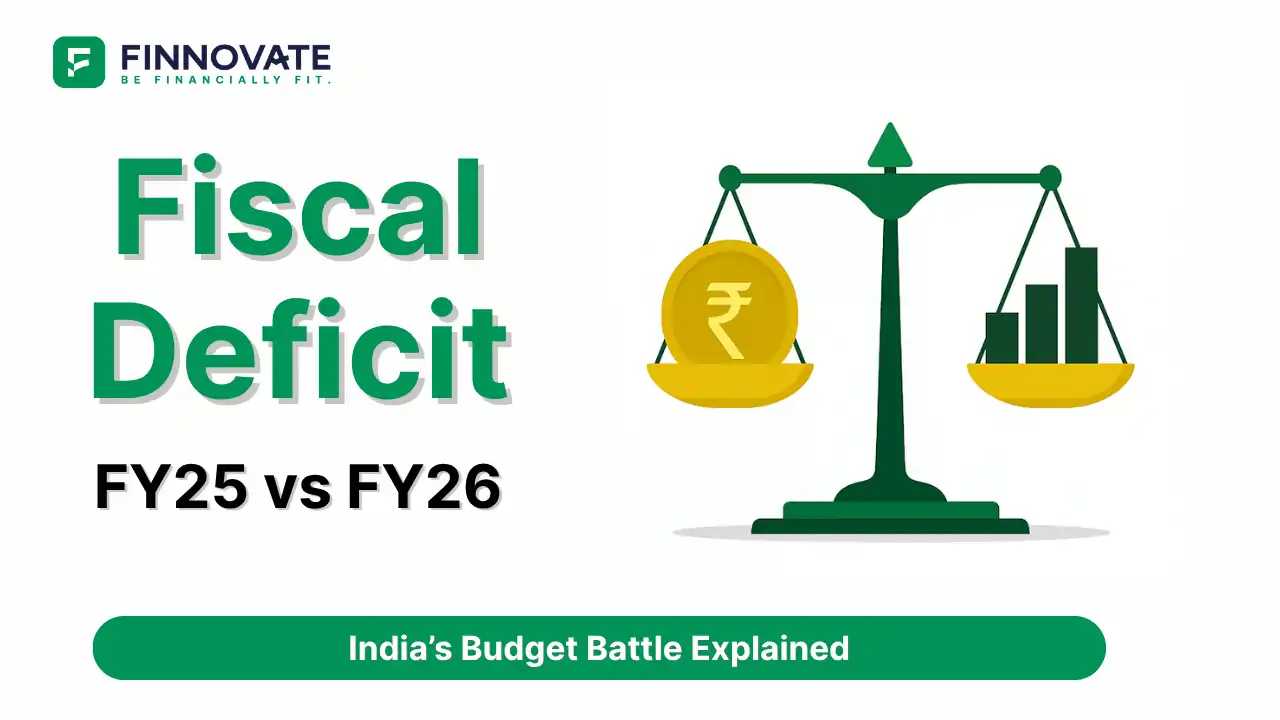
By

India’s fiscal report card for FY25 came with a mixed tone - part relief, part caution. The government managed to stay within the fiscal deficit limit as a percentage of GDP, despite a slight overshoot in absolute numbers. However, FY26 presents fresh hurdles that could challenge this balance.
A fiscal deficit is the gap between what the government earns and what it spends. If the government spends more than it earns, it borrows to fill that gap - this borrowed amount is called the fiscal deficit. A controlled deficit shows good financial health; an uncontrolled one can lead to higher inflation and lower investor confidence.
Key takeaway: Even with a minor overshoot, the government upheld fiscal discipline in percentage terms.
Why it matters: Lower revenue deficit means more funds were used for building assets (like infrastructure), not just paying bills.
Capex over revenue spending means India is investing in assets that could boost productivity and growth over time.
Bottom line: FY26 will test the government’s ability to balance growth, security, and fiscal prudence.
Fiscal prudence helped India in FY25 - but navigating FY26 will demand both discipline and agility.
At Finnovate, we help you decode how macro numbers like fiscal deficit impact your personal financial planning - whether it's aligning with your long-term goals, understanding market trends, or making better sector choices. While we don’t recommend specific stocks, staying informed on the broader fiscal landscape is key.
Want to know how this affects your plan?
Let’s break it down together - book a free personalised session with our experts today.
Disclaimer: This content is for educational purposes only. Finnovate does not recommend any specific stocks, funds, or financial instruments.
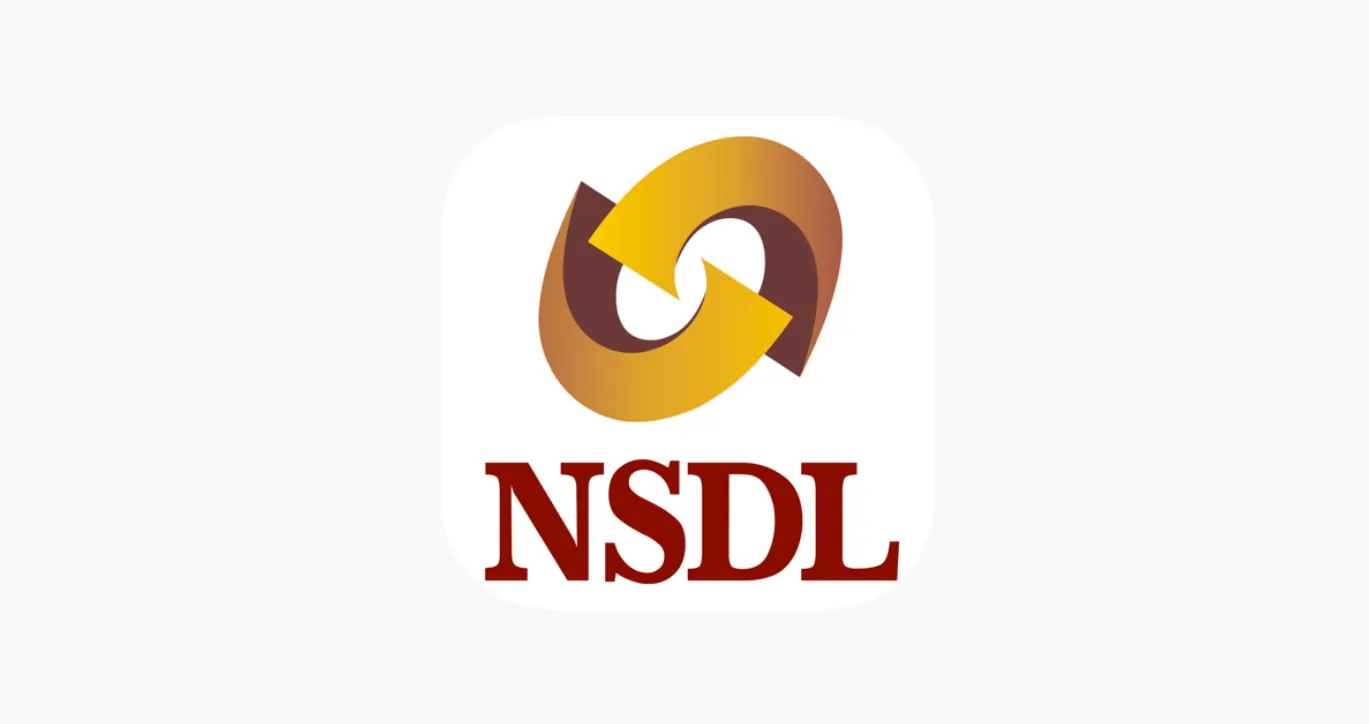
Learn how to easily download your NSDL CAS Statement in PDF format with our step-by-step guide. Follow our instructions to log in to NSDL e-Services, download your account statement, and subscribe for
Read Full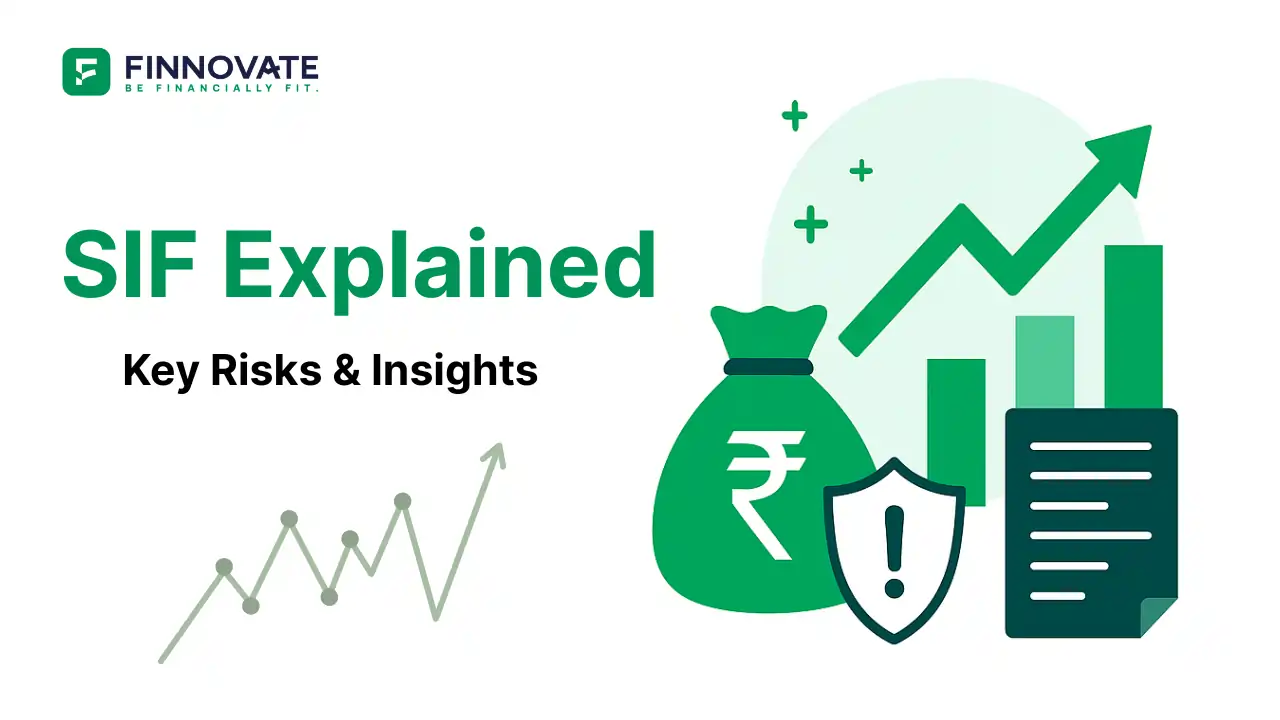
Explore what Specialised Investment Funds (SIFs) are, their benefits, taxation, minimum investment, how to invest, how they compare with mutual funds and PMS and latest developments in SIF space
Read Full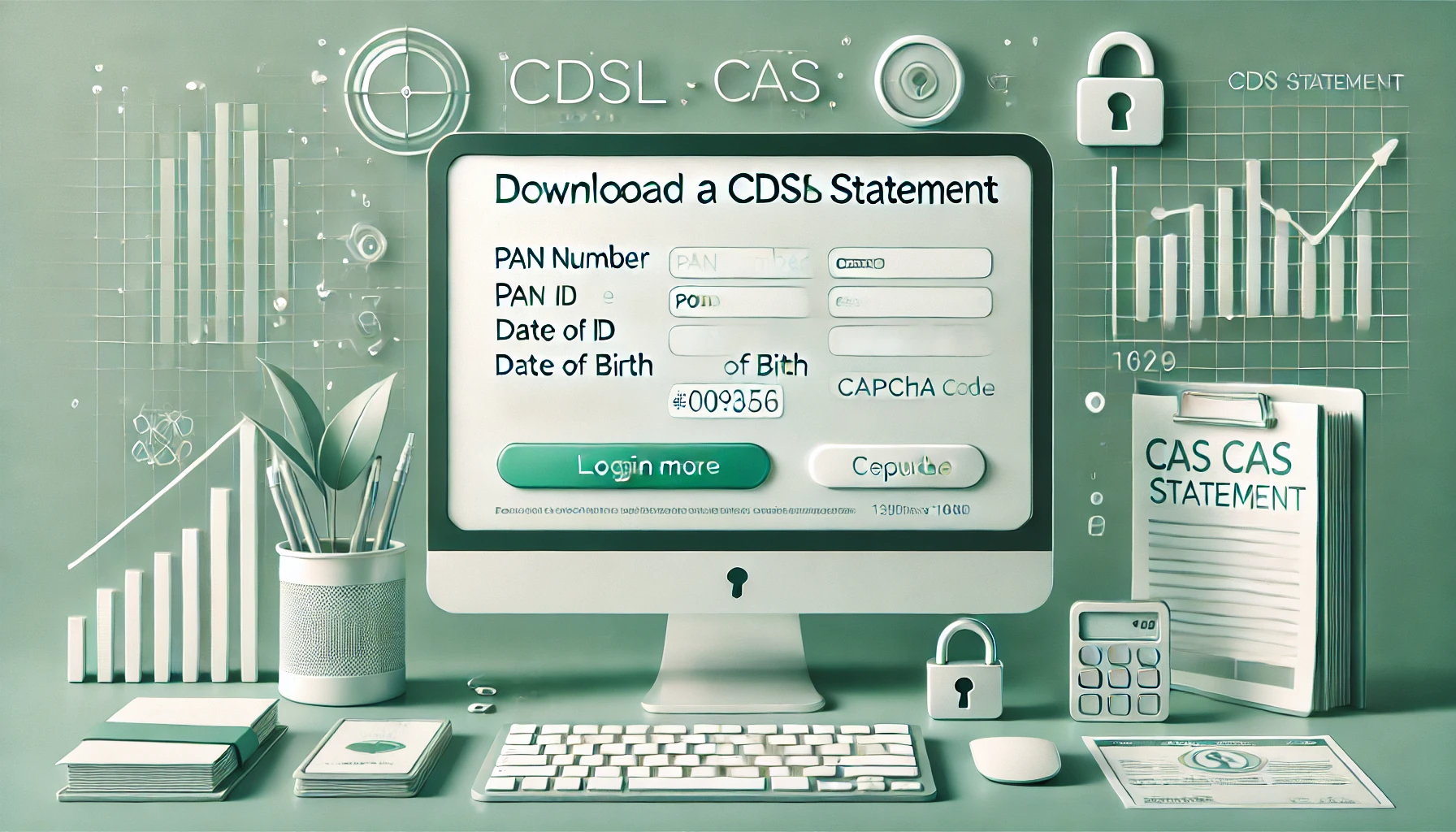
Learn How to Download Your CDSL CAS Statement with our step-by-step guide. Easy instructions for accessing your investment details online.
Read Full
Analyzing the potential economic impact of the 2025 India-Pakistan conflict on India's GDP growth, manufacturing sector, and foreign investment.
Read Full
Looking for the best financial freedom books? Here’s a handpicked 2025 reading list with summaries, why to read, and who it's best for.
Read Full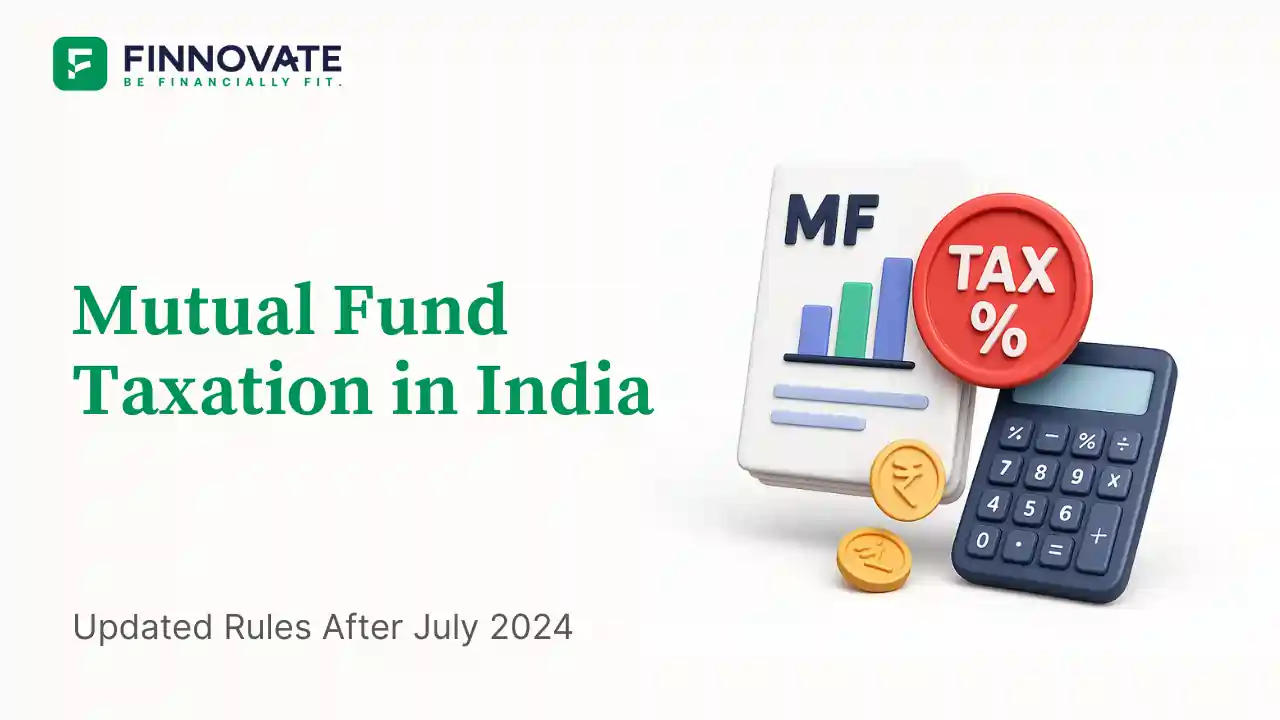
Clear guide to mutual fund taxation in India for FY 2025–26 after July 2024 changes: equity STCG 20%, LTCG 12.5% with ₹1.25L exemption, debt/hybrid rules, dividends, examples, tables, and FAQs.
Read Full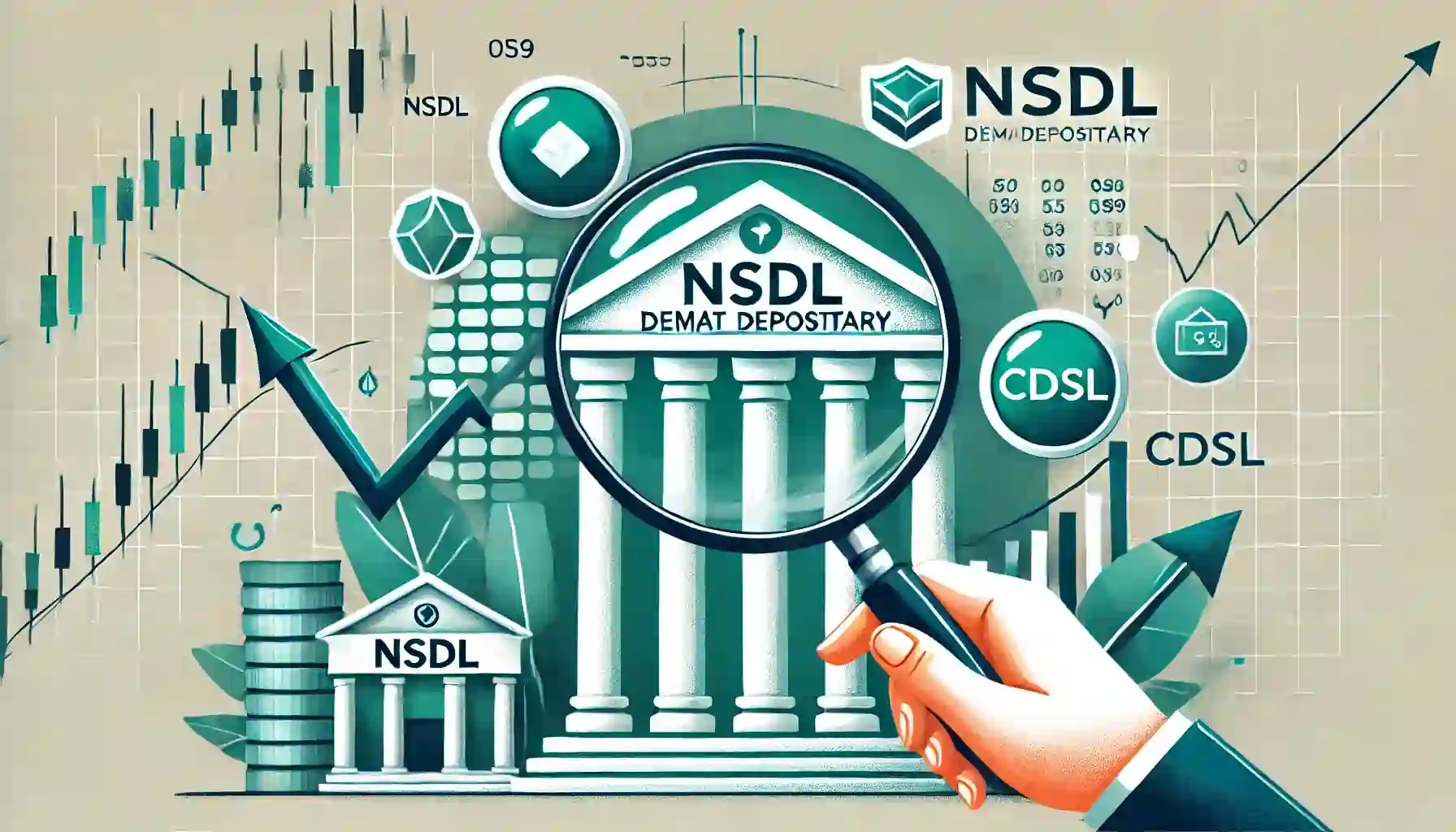
Determine if your Demat Depositary (DP) is NSDL or CDSL easily. Follow our guide to check using broking platforms or Demat account number formats
Read Full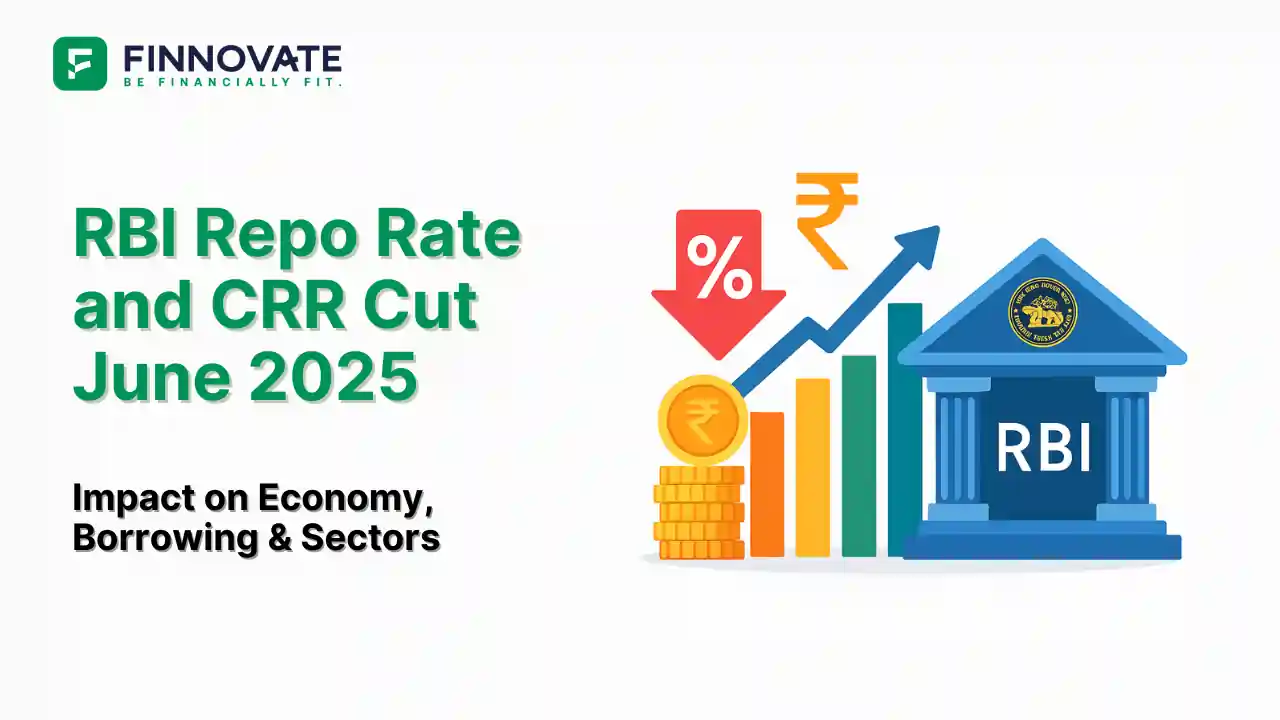
RBI cuts repo rate by 50 bps and CRR by 100 bps in June 2025 to boost growth. Learn how it impacts inflation, borrowing, sectors, and market trends.
Read Full